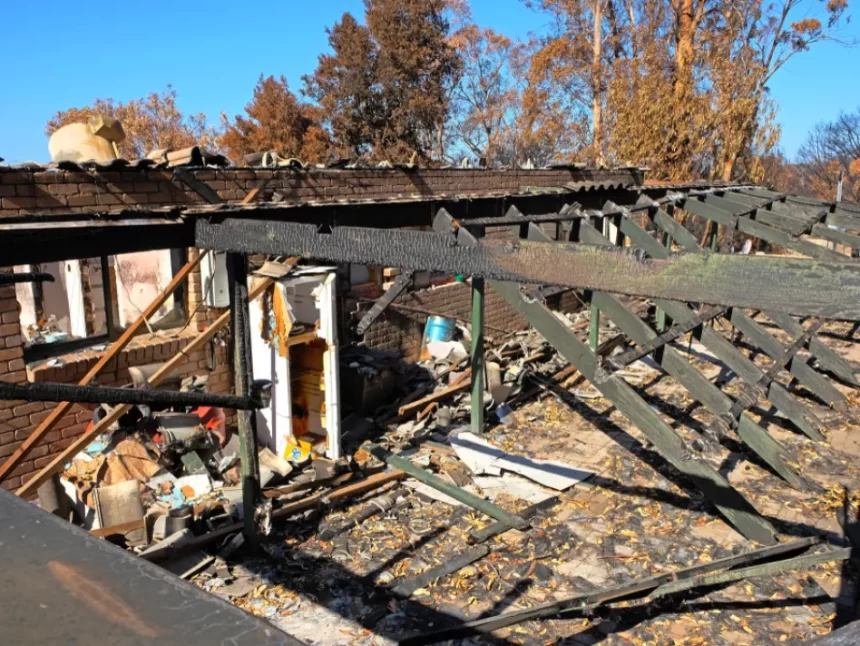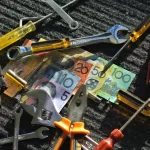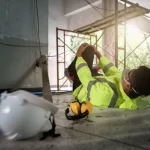As the first bushfires of the season claim homes on Australia’s east coast, experts say many homeowners won’t be completely covered under insurance.
Residents in parts of Queensland and northern New South Wales have been urged to leave their homes this week as extreme fire conditions driven by strong winds continue to ravage the area.
Reminiscent of the massive property damage in the 2020 Black Summer fires, the week-long blaze has already claimed over 20,000 hectares and up to 85 structures, including 46 homes.
“Bushfires are becoming more prevalent,” said insurance expert Professor Michael Sherris from the School of Risk and Actuarial Studies at UNSW Business School.
“With increased temperatures, this is something that is going to be more significant over coming years. We know that it is going to be hotter, drier, and bushfires will unfortunately become more common.”
Professor Sherris warns that constantly evolving fire resistance safety standards can leave some policyholders underinsured in the event of a fire.
“Building codes were revised after the black summer bushfire event and, depending on the risk level of the property, this impacts the cost of replacement,” he said.
If a home doesn’t comply with new building codes, then insurance companies will only pay out the building’s original value and won’t cover any rebuilding costs incurred getting the building up to code.
“If your home’s cladding material, for instance, does not meet the building code requirements in your area, and in the unfortunate event of a bushfire causing damage to your home, necessitating a rebuild with cladding material compliant with the building code, you will incur higher costs,” said Professor Sherris.
“Your insurance company, in this situation, will typically not cover the higher cost.
According to the Professor, policyholders must check what building codes their property needs to comply with and discuss the changes with their insurance provider.
“It may mean you might end up paying a higher price, but you will be covered for the upcoming bushfire season.”
Rising prices
Professor Sherris also warns policyholders to have these conversations sooner rather than later, as some insurance policies adjust for underinsurance by including a 30 per cent increase in price after a claim.
“A major challenge we see nowadays is Australians choosing not to have insurance because the cost may be considered too high,” he said.
“The current cost-of-living crisis is not helping.”
Insurance giants QBE and Suncorp have both forecast home insurance to increase by 10 per cent to cover insurance claims due to the rising number of natural disasters.
“As bushfires are becoming more prevalent, the BAL (bushfire attack level) for properties is becoming higher, which results in higher home insurance costs,” said Professor Sherris.
Growing fire risk
While the number of bushfire-destroyed homes is still comparatively low, the 2023 AFAC seasonal outlook report predicts the upcoming bushfire season in NSW to be an “increased risk” compared to previous years.
For comparison, 2488 homes were burnt down in the 2020 Australia black summer bushfires and in the 2009 Victorian bushfires, there were more than 2000 homes lost.
Professor Sherris also compared the situation to similar events in the US, where insurers are backing away from regions prone to natural disasters.
“Homeowners may think that their property will be undamaged but may not be aware of the expected outlook this upcoming season,” he said.
“It’s a worrying factor that may also become prevalent in Australia. There is an unexpected void as to what will happen if insurance companies pull out of high-risk areas.”







